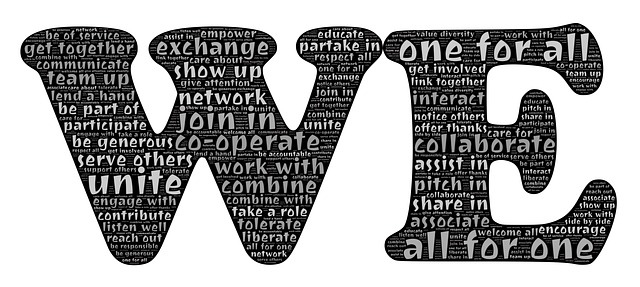How do you unite your employees in high stakes situations?
Consider this: the voice of divergence and dissidence can be a catalyst for innovation and growth. Unfortunately, there are times when leaders fail to recognize their worth, or the opportunities they illuminate. Some leaders ignore, dismiss, or go so far as to demonize those who point out problems.
Alternatively, leaders can foster assertive diplomacy: they create environments where it is safe to complain and collaborate on meaningful solutions. Great leaders are masters in emotional conflicts. Rather than resist, they receive and offer feedback to create positive results.
This is important for meaningful change, which I wrote about in my last post. You see, not only are humans hard-wired to resist change, we are also hard-wired to avoid pain and suffering. But these survival traits actually hinder us in creativity and meaningful change, often necessary in high stakes situations.
Model the Behavior
To encourage assertive diplomacy, model the behavior.
- Listen first. A leader’s ability to listen signals that he values others’ ideas and input.
- Keep it low. People know where power lies. You don’t need to advertise it. If you model quiet power, you can remain calm when tempers fly.
- Act decisively. The payoff to reflective assertiveness is decisiveness. You demonstrate strength by acting confidently. Even if you need some time to think before taking action, you can keep people informed about how the decision-making process is progressing.
Consider how Franklin Delano Roosevelt (FDR) responded to the crisis of the Great Depression. Nine days after his inaugural speech, FDR persuaded would be hoarders to return their cash to the banks. Within a month, 2/3’s of withdrawn deposits were re-deposited. The NYSE rebounded, with the largest one-day gain in history.
FDR managed meaningful change by addressing needs. He succeeded by taking action and managing fear.
Manage Fear to Unite Your Employees
To be sure, managing fear is not about denying fear or ignoring it.
According Dartmouth’s Distinguished Professor Vijay Govindarajan and Columbia Business School Faculty Director Hylke Faber, authors of a Harvard Business Review article (May 2016), change is about managing fear: fear of the unknown, fear of failure, fear of change, or fear of fear itself.
Have you ever listened to the recording of FDR’s Fireside Chat? While there wasn’t the same opportunities for two-way dialog like political and business leaders have today (from daily press briefings to virtual meetings) FDR laid out the actions and steps to address concerns, without feeding fears, or inciting resistance.
What do you think? As a leader, how do you unite your employees in high stakes situations? I’d love to hear from you. I can be reached here, on LinkedIn, or give me a call: 561-582-6060.

Did You Enjoy This Article?
Join thousands of other smart business owners like yourself & get our Proffittable Times newsletter.
It's filled with actionable content you can apply immediately.
Sign up now to get started!
– Coach Nancy










